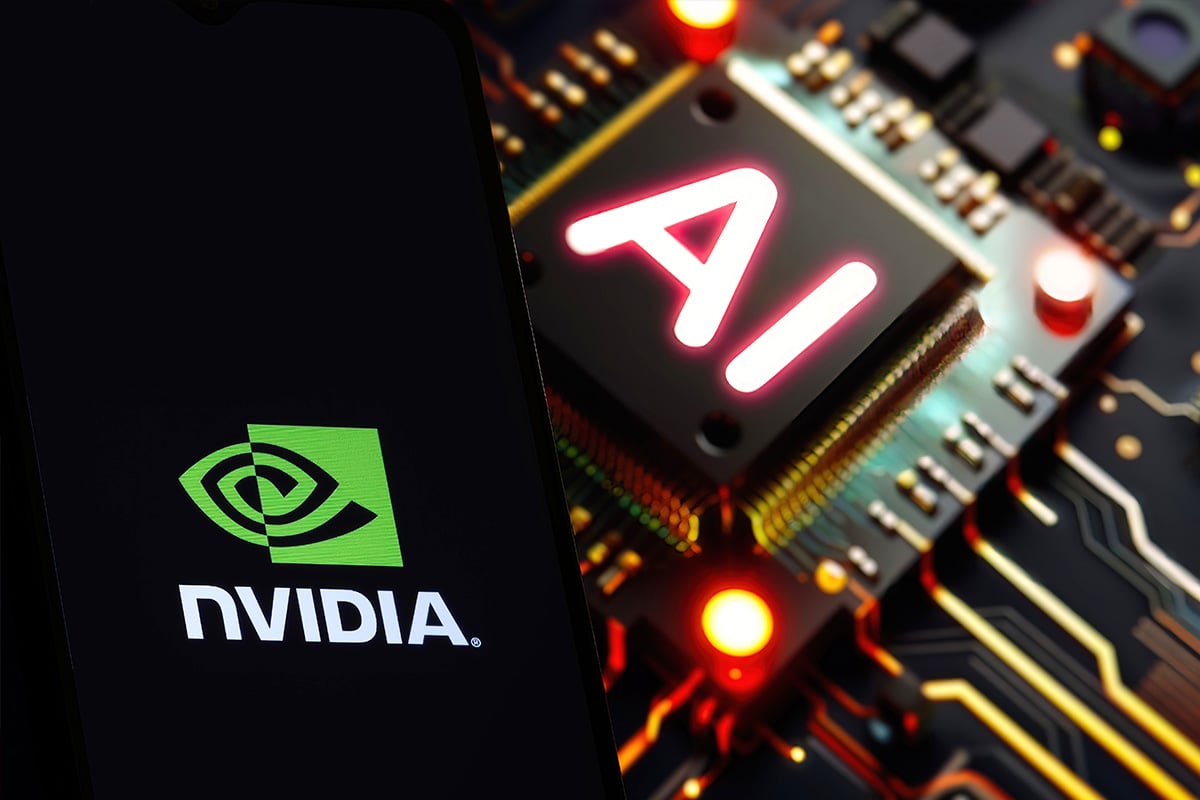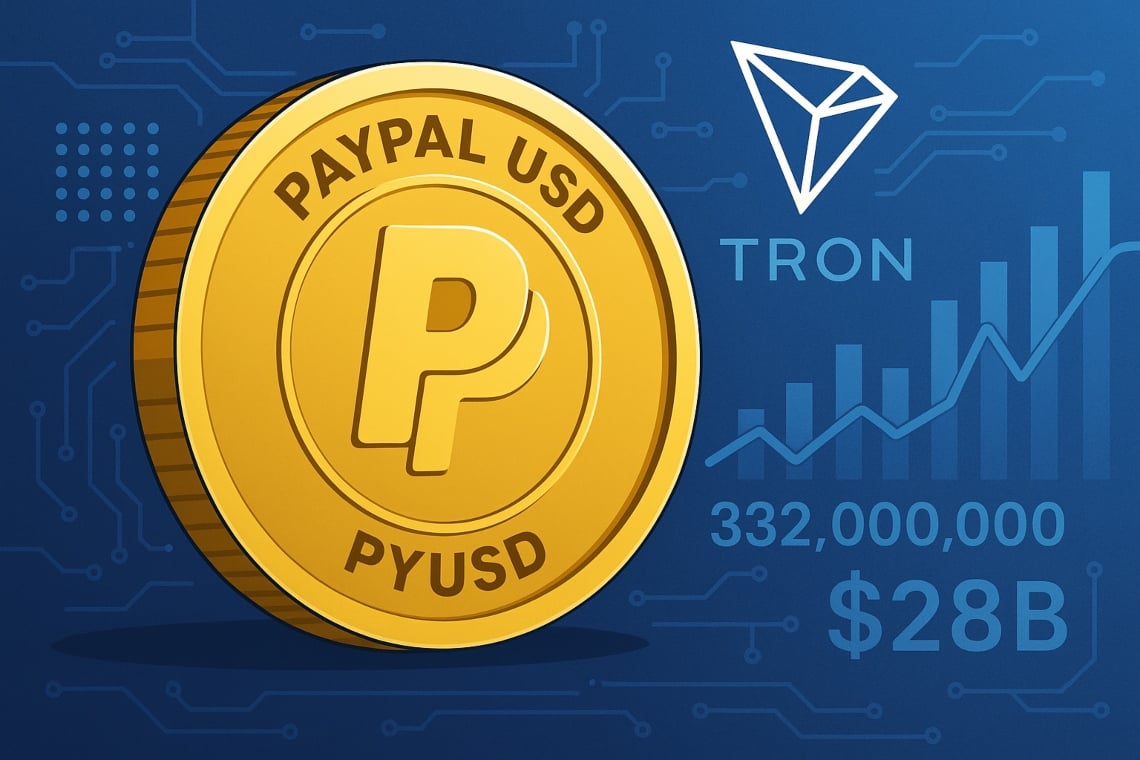This post is a guest contribution by George Siosi Samuels, managing director at Faiā. See how Faiā is committed to staying at the forefront of technological advancements here.
TL;DR: OpenAI’s GPT-OSS release signals a deeper shift toward sovereign, open-weight infrastructure. From U.S. policy mandates to global competition, artificial intelligence (AI) is moving from black-box APIs to assets you can own and integrate into your core stack. Conscious Stack Design offers a lens through which to plan for this shift, and blockchain ecosystems like BSV are already building the complementary infrastructure.
Why GPT-OSS lands differently
OpenAI has released two open-weight models—gpt-oss-120b and gpt-oss-20b—under the Apache 2.0 license. The 120B version runs on an 80 GB GPU, and the 20B runs on a standard PC with 16 GB of RAM.
Both use a mixture-of-experts architecture, activating only the parameters needed for each query. The result is less computing load, strong reasoning quality, and realistic enterprise deployment.
For strategy leaders, this changes the AI conversation. You’re no longer just consuming a remote service—you can now embed advanced AI inside your own operational environment, under your governance.
The policy layer: why governments are driving this
The U.S. government’s AI Action Plan and Executive Order 14179 treat open-weight AI as national infrastructure. The logic is clear: data sovereignty necessitates keeping sensitive information within borders or on-premises. Additionally, security compliance is essential to meet regulatory requirements without relying on third-party clouds. Furthermore, local resilience is important to maintain operational continuity even if network access is disrupted.
China’s rapid rise with open-source models like DeepSeek amplified the urgency. Western vendors have moved faster toward open releases to avoid being outpaced.
A CSD perspective: AI in your core stack
From a Conscious Stack Design standpoint, GPT-OSS represents a turning point in stack composition. The six-tool limit in the CSD 6:3:1 rule is about intentionality: fewer tools, deeper mastery, better integration.
GPT-OSS now becomes a candidate for your anchor AI tool—the core intelligence layer that connects to internal databases, workflow automations, and governance and compliance systems.
When you design with stack consciousness, you avoid tool sprawl and create an AI foundation that scales without fragmenting your operations.
Where blockchain fits in—and where BSV quietly aligns
The open-weight AI movement echoes blockchain’s push toward open, stable protocols. In the BSV ecosystem, we’ve seen a shift toward more open-source tooling and stable technical standards—the very conditions that make AI-blockchain integration viable. Possible intersections include immutable audit trails for AI outputs in regulated sectors, data integrity guarantees for training and inference inputs, and stable, predictable infrastructure for long-term planning.
The point isn’t that GPT-OSS depends on blockchain—it’s that both represent infrastructure you can control, rather than rent.
How to act on this shift
For enterprise and government leaders:
- Audit your AI stack — Identify every AI tool in use, and assess reliance on closed vendors.
- Identify sovereignty-sensitive workloads — Move these toward open-weight, locally-run AI.
- Design for integration — Apply the CSD lens to ensure AI, blockchain, and existing systems operate as one ecosystem.
- Commit to stability — Choose protocols and models with a long-term roadmap, not just short-term hype.
Closing insight
We’re entering a decade where AI is not a product you subscribe to—it’s part of your infrastructure. Leaders who design their stacks consciously, align with open and stable protocols, and integrate AI with blockchain where it matters, will be positioned to operate with agility and sovereignty.
In order for artificial intelligence (AI) to work right within the law and thrive in the face of growing challenges, it needs to integrate an enterprise blockchain system that ensures data input quality and ownership—allowing it to keep data safe while also guaranteeing the immutability of data. Check out CoinGeek’s coverage on this emerging tech to learn more why Enterprise blockchain will be the backbone of AI.
Watch: Women in Tech break down barriers to blockchain adoption
title=”YouTube video player” frameborder=”0″ allow=”accelerometer; autoplay; clipboard-write; encrypted-media; gyroscope; picture-in-picture; web-share” referrerpolicy=”strict-origin-when-cross-origin” allowfullscreen=””>
Source: https://coingeek.com/gpt-oss-and-the-new-era-of-open-source-ai/


